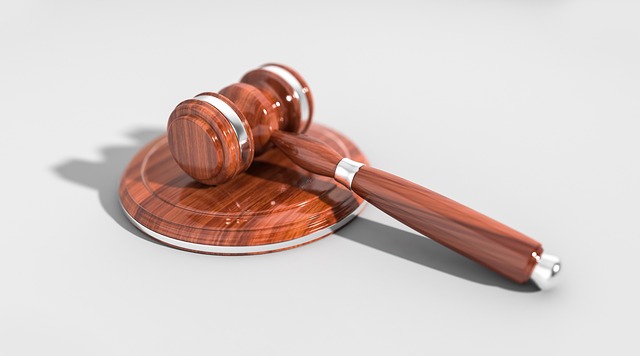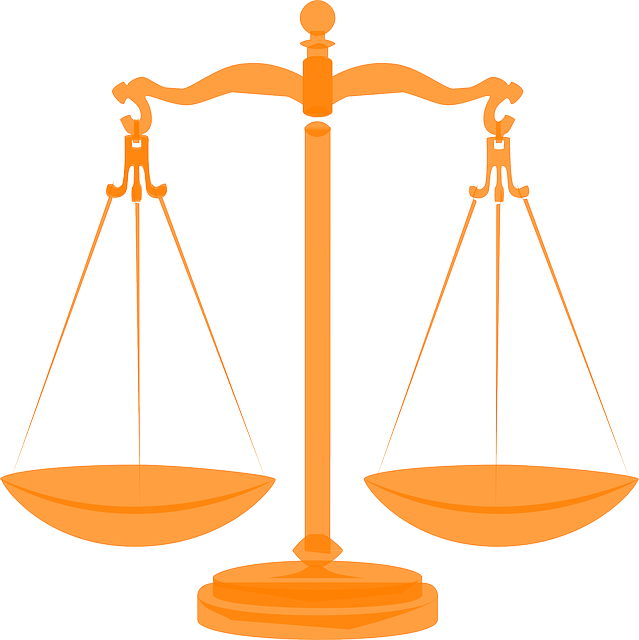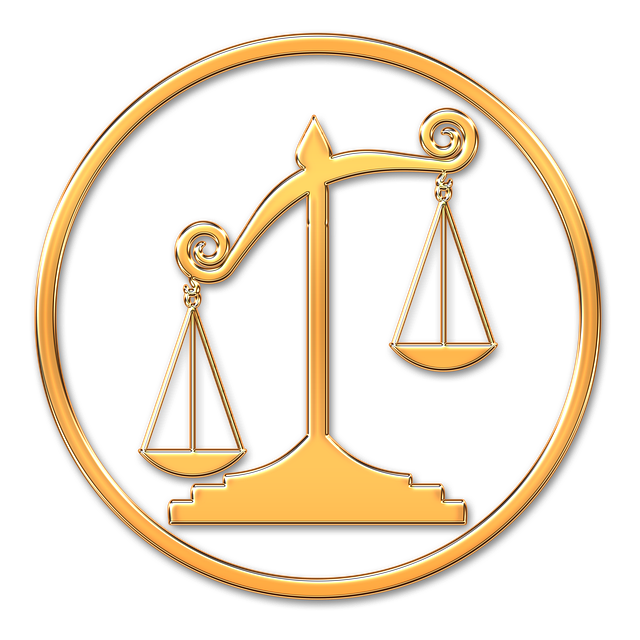Third-party workplace claims, encompassing damages from job site injuries to wrongful death, pose significant risks for employers. Effective risk management involves swift investigations, detailed documentation (incident reports, medical records, witness accounts), legal compliance, and specialized legal counsel. Communication and comprehensive documentation are key during initial stages to prevent misunderstandings, support legal strategies, and achieve smoother resolutions, whether dealing with minor incidents or complex wrongful death claims.
In today’s complex business landscape, understanding and managing third-party workplace claims is crucial for any organization. This article delves into the key elements of effective third-party claim strategies, focusing on definitions, scope, and best practices. We explore essential strategies such as comprehensive communication, robust documentation, and proactive risk management. By implementing these tactics, businesses can navigate the complexities of third-party workplace claims with confidence, minimizing potential liabilities and enhancing their overall operational resilience.
- Understanding Third-Party Workplace Claims: Definitions and Scope
- Key Elements of a Successful Third-Party Claim Strategy
- Implementing Effective Communication and Documentation Practices for Third-Party Claims
Understanding Third-Party Workplace Claims: Definitions and Scope

A third-party workplace claim refers to a legal action initiated by an employee against their employer or another party for damages related to work-related activities. These claims encompass a wide range of issues, from personal injuries sustained on the job, such as truck accident injuries, to wrongful death cases resulting from workplace negligence. The scope includes various incidents like slip and fall accidents, exposure to hazardous substances, and workplace violence.
Understanding these claims is crucial for employers to ensure proper legal representation and mitigate potential risks. Effective third-party workplace claim strategies involve prompt investigation, documentation of incidents, and adherence to relevant laws and regulations. By addressing these aspects, organizations can better manage liabilities and create a safer work environment, reducing the likelihood and impact of such claims, including wrongful death claims.
Key Elements of a Successful Third-Party Claim Strategy

A successful third-party workplace claim strategy hinges on several key elements. Firstly, thorough documentation is imperative. This includes detailed records of the incident, medical reports, witness statements, and any relevant policies or procedures that may have been breached. Having comprehensive and accurate evidence strengthens the claim and increases the likelihood of a favorable outcome.
Secondly, effective legal representation is crucial. Engaging a skilled lawyer who specializes in employment disputes can significantly enhance the process. They provide valuable insights into the legal framework surrounding third-party workplace claims, guide clients through complex procedures, and advocate for their rights to ensure they receive appropriate injury compensation.
Implementing Effective Communication and Documentation Practices for Third-Party Claims

Effective communication and thorough documentation are cornerstones when managing third-party workplace claims. The initial stages of a claim often determine its outcome, making clear and consistent communication vital. This includes promptly acknowledging receipt of the claim, providing regular updates to all parties involved, and actively listening to understand the claimant’s concerns and needs.
Documentation practices should be meticulous, ensuring every interaction, fact, and evidence are accurately recorded. From initial reports of incidents like slip and fall accidents to more complex wrongful death claims, detailed documentation can prevent misunderstandings, support legal strategies in business litigation, and facilitate a smoother resolution process.
In navigating the complex landscape of third-party workplace claims, understanding key elements like effective communication, comprehensive documentation, and strategic legal approach is paramount. By implementing these practices, organizations can ensure a robust strategy that minimizes liabilities, promotes fairness, and fosters positive resolutions. Embracing these principles is a vital step towards managing and resolving such claims successfully, ultimately enhancing workplace safety and satisfaction.






